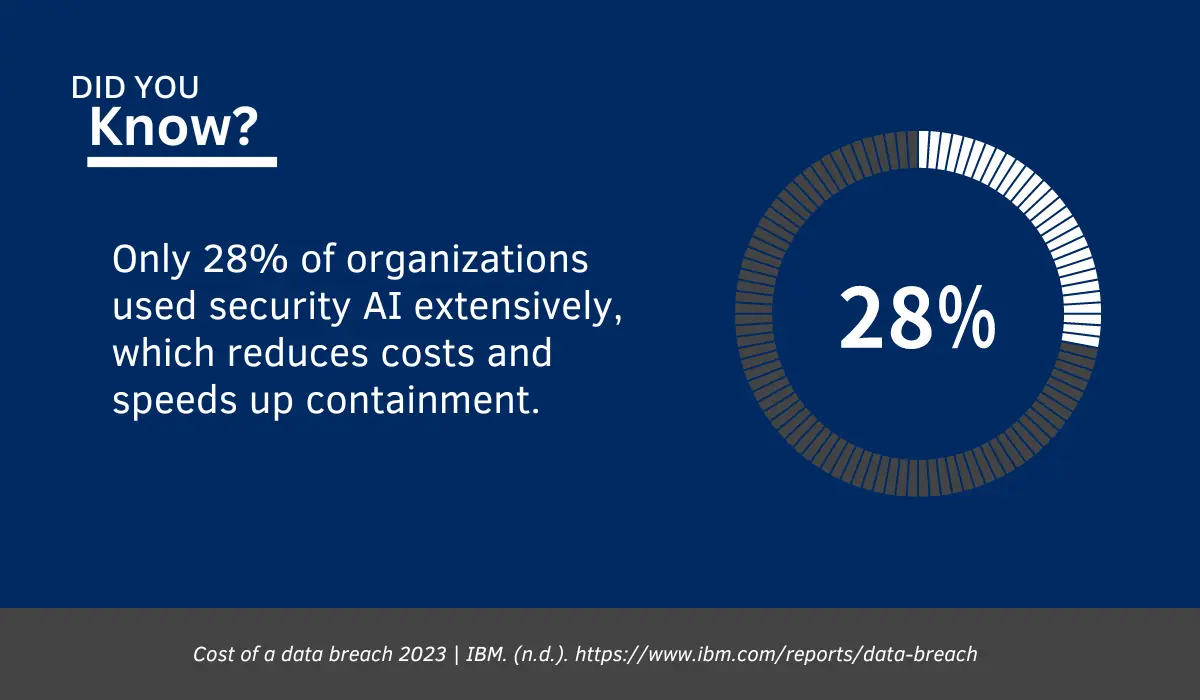
Working online has become the norm for accounting and finance professionals. However, when you have so much valuable data stored digitally, you need to be prepared for anything. That’s why having a reliable disaster recovery plan is a must for any accounting firm.
Disaster recovery plans help prevent data loss and help you keep business operations running in the unlikely event of an emergency. If your firm doesn’t already have a disaster recovery plan in place, now’s the time to build one.
Here’s what you need to know about creating a disaster recovery plan for your business.
Key Takeaways
- A disaster recovery plan is a document that details exactly how your business will recover if your data and IT systems are compromised.
- Disaster recovery plans are essential for accounting firms because they work with sensitive financial and personal data.
- Disaster preparedness requires you to regularly back up your systems and data to a safe location.
- To create a disaster recovery plan, you’ll need to assess your systems, set goals, and determine your priorities for an emergency.
What is a Disaster Recovery Plan?
A disaster recovery plan is a detailed process that companies will follow in the event of an emergency that impacts their digital systems. Disaster recovery plans help secure important systems and data to prevent digital losses.
A disaster recovery plan also includes procedures for maintaining essential operations, restarting systems, and notifying customers if necessary.
Typically, disaster recovery plans are used in the event of a cyberattack to rectify data breaches. However, they can also be used in events that put your systems in physical danger, such as office break-ins, power outages, or natural disasters.
In rare cases, data loss can even be caused by human error.
These plans will not only explain what to do in the event of an emergency, they’ll also specify what you should prioritize.
Many accounting firms have large, complex systems, and some data is more valuable than others. Time is of the essence in an emergency, so a disaster recovery plan will help your team act quickly to prevent as much data loss as possible.
Why is a Disaster Recovery Plan Important for Accounting Firms?
Accounting firms work with sensitive client data. This often includes very valuable financial reports, banking credentials, and even personal information.
Most accounting firms have also transitioned to storing their internal data digitally, especially with the increase of remote work post-pandemic.
All of this data is incredibly valuable, which makes accounting firms very attractive to hackers. Even if you have a strong cybersecurity strategy, data breaches and cyber attacks are still possible.
It’s also possible to lose data due to random events that are completely out of your control, such as a strong storm physically destroying your servers.
If you’re not prepared, these types of disasters could be catastrophic for your business. Damage to your systems can make it virtually impossible for your business to operate normally if you don’t have a plan in place.
This could result in missed deadlines, lost revenue, and a loss of trust among your clients. If hackers are able to access sensitive client data, it will damage your reputation even further.
The process of recovering from a disaster is also very expensive — the average cost of a data breach in 2023 was $4.45 million! Having a disaster recovery plan in place can help mitigate some of the financial damage.
How Does Disaster Recovery Work?
An effective disaster recovery strategy starts with data backups. Your data should be backed up regularly on a server located offsite.
If you work with a cloud provider to store your data, you will need to coordinate with them to find a data backup location that is suitable for your business.
Data backups should be monitored closely to ensure that they are successful and that the information is stored securely.
By backing up your data, you can ensure that your information is protected, but that’s only one part of the recovery process. You’ll also need a way to get your IT systems back up and running quickly.
There are a few different strategies that you can use for this, depending on your budget and your operational needs.
Set Up a Hot or Cold Site
Cold and hot sites are work spaces that your employees can use in the event of a disaster where your main office is not accessible. Cold sites contain the IT infrastructure your team needs to work, but they do not contain any on-site data backups.
If you opt for a cold site, you’ll need to have a separate data backup strategy.
A hot site contains both IT infrastructure and updated copies of your data. Hot sites are very effective for maintaining business continuity, but they are also very expensive to set up and maintain.
Virtualize Your System
Another option is to virtualize your system. By virtualizing your system, you are essentially making a digital copy of all of your data and infrastructure. This way, your team can resume work almost immediately when disaster strikes.
Virtualized systems can be very complex to set up and maintain, but can also be extremely beneficial in the event of an emergency.
In the event of a disaster, your team will follow your predetermined disaster recovery plan step-by-step. Your disaster recovery plan should be heavily documented and accessible to all relevant stakeholders so they can take action immediately if a disaster happens.
While following your disaster recovery plan, your team will focus on recovering the most critical assets first and minimizing downtime.
Once the most important assets have been secured, they will focus on restoring non-critical data and operations, as well as informing customers if necessary.
How to Put Together a Disaster Recovery Plan
Putting together a disaster recovery plan requires you to assess your operations thoroughly and consider what you would need to get your business back up and running in a variety of potential disaster scenarios.
Professional managed IT services can help guide you through this process. Managed service providers are third-party organizations that can work with or even serve as an alternative to your in-house IT department.
Professional MSPs can help you conduct risk assessments to identify threats you might not have found on your own and even help you construct your disaster recovery plan.
Are you looking to put together a data recovery plan yourself? Here are our best practices.
Step One: Assess Your Systems
If you aren’t already making regular data backups, put processes in place to do so.
Then, determine which data and tools you would need to recover first to resume business. You can use this information to create a step-by-step recovery checklist. You’ll also need to determine which employees will complete each recovery task.
Step Two: Develop Recovery Goals
Your recovery plan should also include specific recovery goals. Specifically, you should set a recovery point objective (RPO) and a recovery time objective (RTO).
Your RPO is the maximum amount of data you can lose in an emergency and still recover. RPOs are measured in time and should inform your data backup schedule.
ex. Your RPO might be six hours of data loss, which means you should back up your data approximately every six hours.
Your RTO is the maximum amount of time you can spend restoring systems and data without unacceptable damage to your business.
ex. You might be able to spend 12 hours working to restore data before normal business operations would need to resume.
Step Three: Document and Secure Your Plan
Once you’ve set your goals and created your step-by-step recovery plan, make sure it is documented effectively and that your employees have access to it.
Your disaster recovery plan should be stored very securely to keep it away from cyber criminals.
Be sure to train your entire team on your recovery plan and test it at least once per year. Testing your recovery procedures is essential, as some steps may make sense on paper but be very inefficient in practice.
Your team should also be so familiar with your disaster recovery procedures that they can snap into action right away if a disaster happens.
A disaster recovery plan is essential for CPAs and accountants to ensure your most important financial data is not lost in an emergency. If you don’t already have one in place, now’s the time, and Tech Advisors can help you create one.



